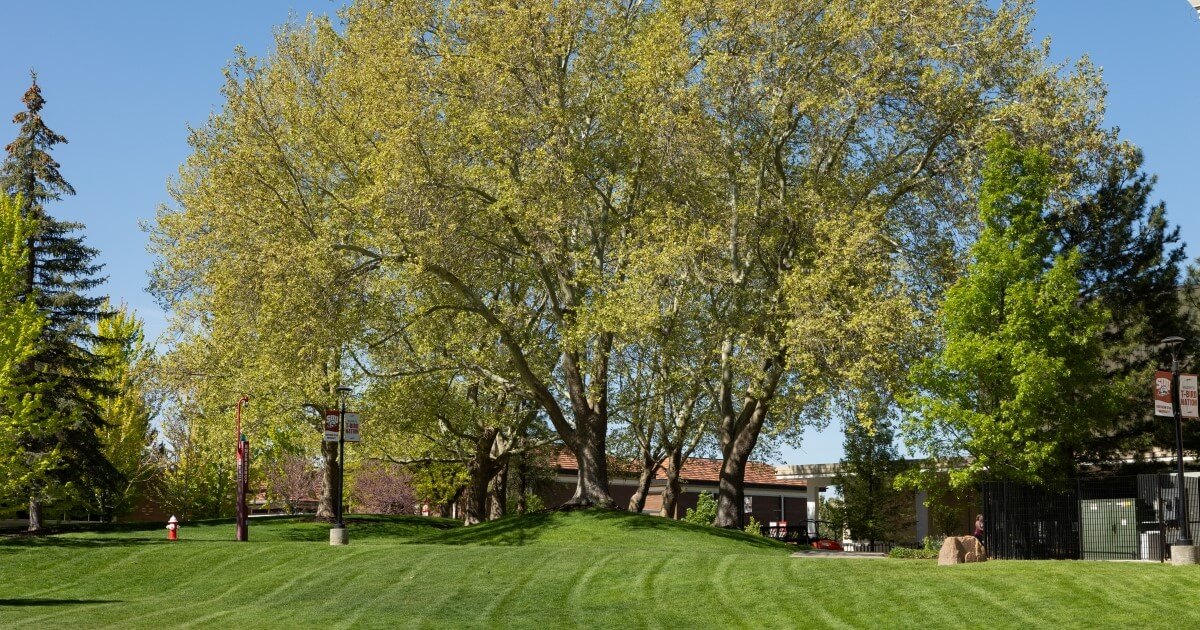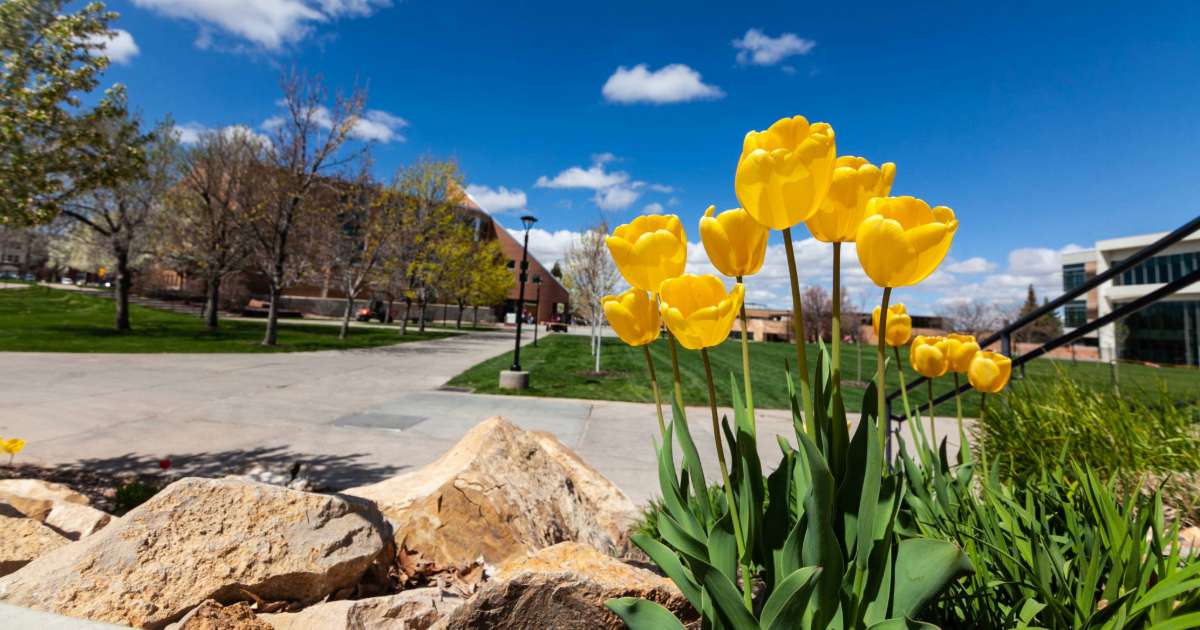Have You Heard About Naloxone?
Posted: September 16, 2024 | Author: Madison McBride | Read Time: 3 minutes
 Naloxone, an overdose antagonist, works to reverse an overdose by binding to opioid receptors in the brain, displacing the opioid molecules and blocking their effects. This can restore normal breathing and consciousness in a person who has overdosed on opioids such as heroin, fentanyl or prescription painkillers. Naloxone can be administered in several formats, including intramuscular and intravenous injection, but the most common and most effective method is an intranasal spray. A common brand name for naloxone nasal spray is Narcan.
Naloxone, an overdose antagonist, works to reverse an overdose by binding to opioid receptors in the brain, displacing the opioid molecules and blocking their effects. This can restore normal breathing and consciousness in a person who has overdosed on opioids such as heroin, fentanyl or prescription painkillers. Naloxone can be administered in several formats, including intramuscular and intravenous injection, but the most common and most effective method is an intranasal spray. A common brand name for naloxone nasal spray is Narcan.
Naloxone is widely available to the public, including first responders, community organizations, and individuals who are at risk of opioid overdose or those who might witness an overdose. It is a critical tool in combating the opioid crisis, as it can save lives when administered promptly during an overdose situation. Vending machines that dispense naloxone for free or at a reduced price are slowly but surely being implemented in various cities across the United States, including Las Vegas, Nevada, and Detroit, Michigan.
Naloxone was developed in the 1950s to help mitigate the effects of the opioid epidemic caused by widespread opioid drug use and addiction to painkillers. By the 1970s naloxone was approved to be sold in pharmacies and at doctor’s offices, allowing the antagonist to be more widely distributed to the public.
As the opioid epidemic worsened in the 1990s and 2000s, the need for accessible naloxone became more evident. Efforts were made to make it available outside of hospital settings. It wasn’t until the 2010s that intranasal formulations became available, making it easier for non-medical personnel to administer the drug. The development of user-friendly delivery systems helped increase its use by first responders, community organizations and individuals.
How does naloxone work?
When administered, naloxone attaches to opioid receptors to reverse and block the effects of other opioids, quickly restoring normal breathing to a person if their breathing has slowed or stopped because of an opioid overdose. Naloxone doesn’t work on someone who does not have opioids in their system, and is not a suitable treatment for opioid use disorder. Because naloxone only works to stop and prevent opioid overdose effects for a limited time, those who have overdosed and are treated with naloxone should still see medical professionals to continue receiving the care they need after the overdose. Additionally, naloxone will not have any effect on someone who has not overdosed on opioids, therefore if naloxone is administered to someone who was unconscious, and you’re not sure if they overdosed or not, no harm will come to them. It’s always better to be safe than sorry!
Why should college students know about naloxone?
Knowing about this overdose antagonist equips students with the knowledge and tools to respond effectively in emergencies, promotes a culture of safety, and contributes to public health efforts to combat the opioid crisis. On SUU’s campus, many locations have naloxone, including:
- On-campus housing
- SUU Police Department (36 North 300 West)
- J.L. Sorenson P.E. building
- STIL Office (ST 177)
- The Nest (ST 178)
- Veterans Center (ST 113)
- VP Suite (ST 201)
- Health and Wellness Center (ST 175)
- Counseling and Psychological Services (BB 212)
- Student Health Clinic (BB 111)
Naloxone has been proven to help stop and reverse an overdose due to opioids. It is widely available across university campuses, and quickly accessible to those who may need it. If you or a loved one may be in need of naloxone as a preventative measure, please contact the Health and Wellness Center in ST 175. If you need naloxone in an emergency, please contact 911 for further directions.
Tags: CurStu Health and Wellness FacSta



